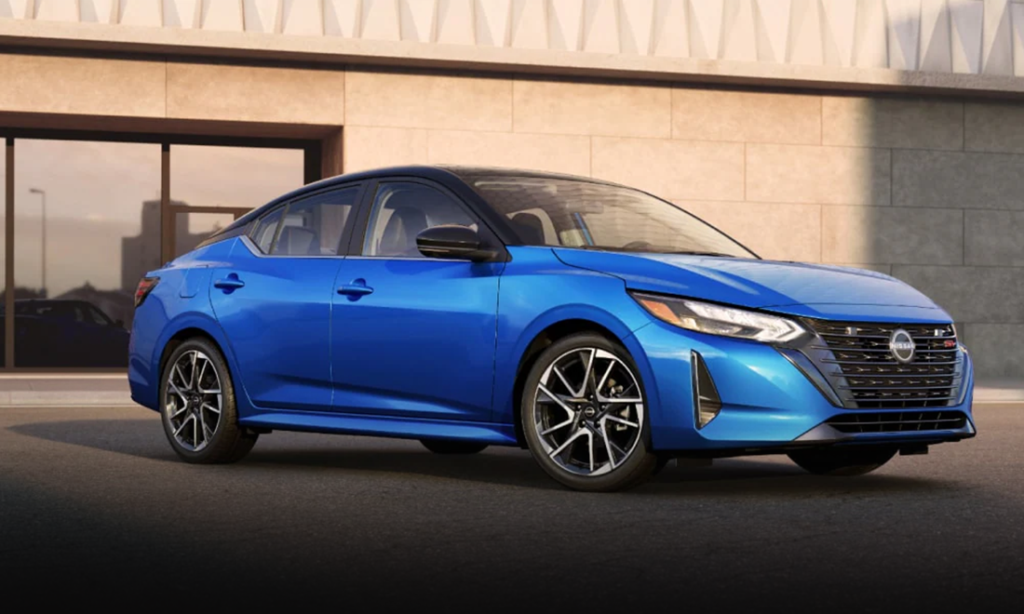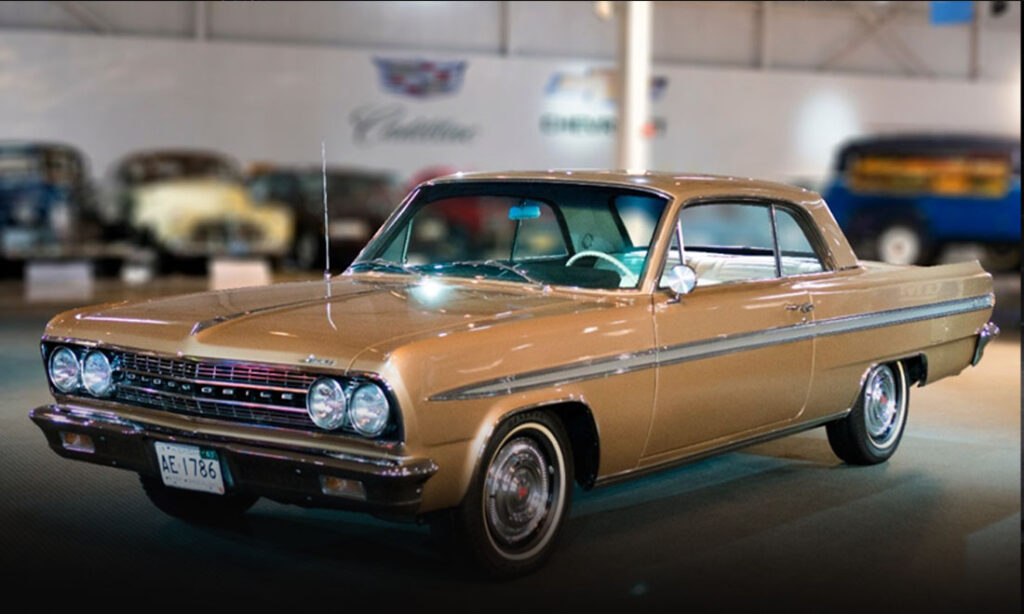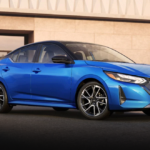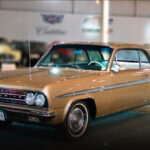Retro Review: Mitsubishi 3000GT
Mitsubishi’s last great sports car, the 3000GT, packed a twin-turbocharged V6 with gobs of power and all-wheel drive.
Mitsubishi’s Supercar of the 1990s

1992 Mitsubishi 3000GT VR-4 – carsforsale.com | Shop Mitsubishi 3000GT on Carsforsale.com
In the late 1980s Japanese automakers were making waves in the sports car segment. Toyota had the Supra, Subaru had the SVX, Honda had the NSX, Mazda had the RX-7, and Nissan had a pair of sports cars. Here in the USA it sold the 300ZX and over in Japan, Nissan was successfully selling the Skyline GT-R.
Mitsubishi wanted in on the action and so it crafted what would become known in the USA as the 3000GT. While it only lived on for a little under a decade, it made a big impact in the Japanese car culture of America and today it continues to be the last great sports car Mitsubishi made.
Gunning For The Greats
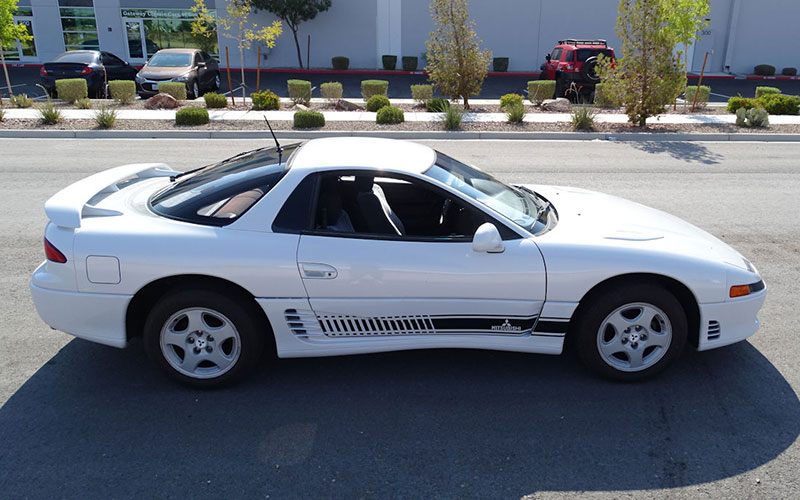
Building something that could rival cars like the Supra, Skyline, and 300ZX was no small feat. Mitsubishi took direct reference from its series of HSR concept vehicles which it debuted throughout the 1980s.
The first production version of the 3000GT went on sale in 1991, a year after the JDM version, dubbed the GTO, went on sale in Japan. At the same time, Dodge introduced its version of a rebadged 3000GT called the Stealth.
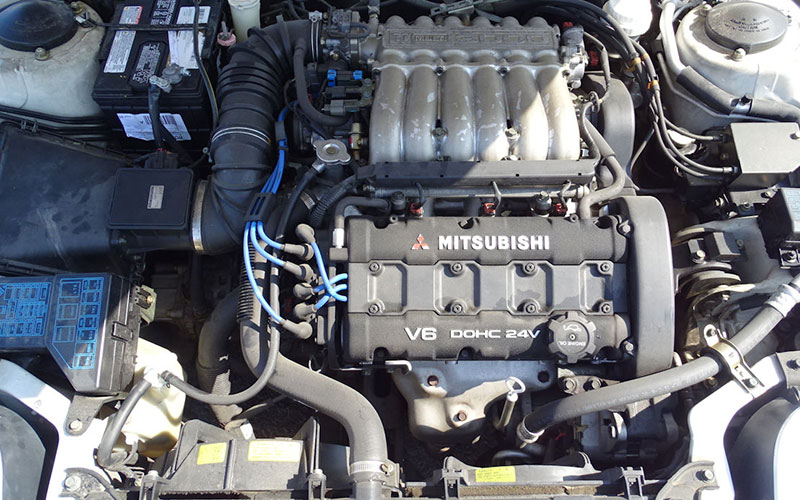
America received two trim levels. The base SL version used a naturally aspirated V6 with 222 hp mated to either a Getrag five-speed manual transmission or a four-speed automatic. Base models utilized front-wheel drive and an electronically controlled suspension and automatic climate control.
Above that was the VR-4 trim, short for Viscous Realtime 4WD, and as the name signifies it used a full-time 4WD system that split torque evenly between the front and rear axles. That set it apart from cars like the 300ZX, the Toyota Supra, and the Honda/Acura NSX.
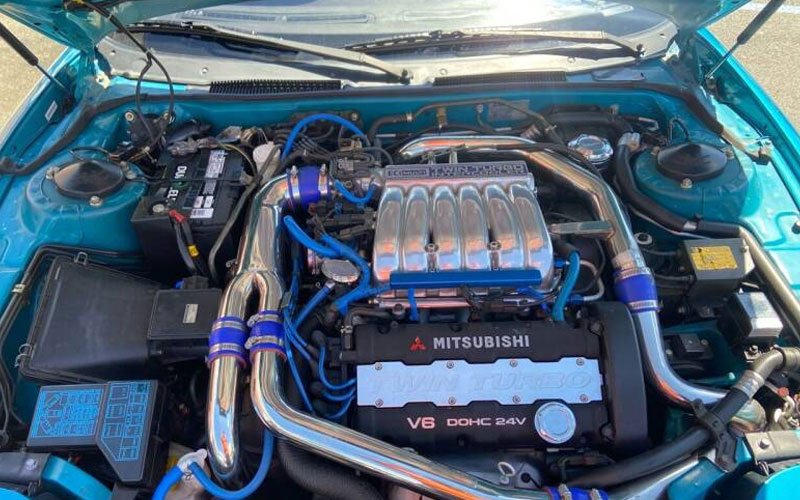
Of course, it also set itself apart by including a twin-turbocharged version of the V6 engine, this time developing some 300 horsepower. Mitsubishi also saw fit to give the 3000GT VR-4 four-wheel steering, a limited-slip rear differential, an active exhaust, and active aerodynamics. In many ways, it was the closest thing a person in the USA could get to a Nissan Skyline.
That somewhat extreme combination of features, at least for a mainstream sports car in 1991, enabled the 3000GT VR-4 to run from 0-60 mph in just 4.9 seconds and onto a quarter mile time of 13.6 seconds. That was faster than the NSX and the Supra. Its coke-bottle shape and daring styling helped it to outsell the RX-7, the Supra, and the 300ZX combined during the early 1990s. It was a winner both in the showroom and on the racetrack, at least in the early years that is.
Changes to the Power Increases
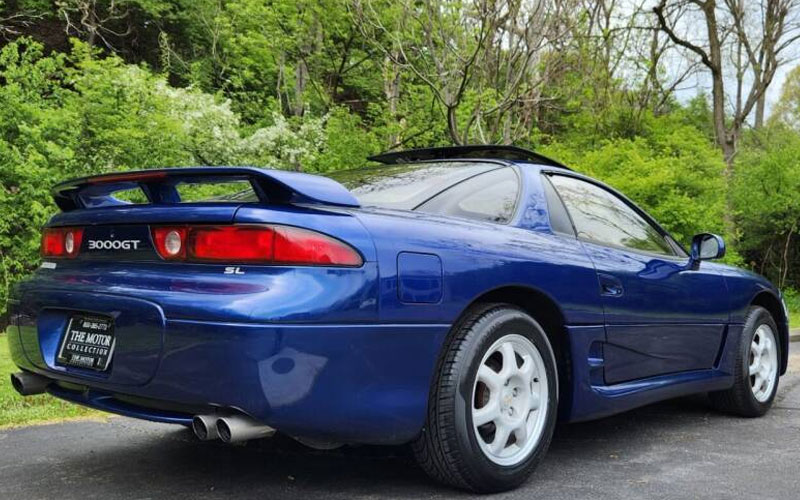
For the first few years of production, base 3000GTs soldiered on largely unchanged. That included an active front air dam and the aforementioned naturally-aspirated V6.
In 1996, Mitsubishi bumped torque from 201 lb-ft to 205 but it was the only time the SL saw a power increase. In 1997, Mitsubishi dropped the 24-valve V6 in favor of a 12-valve version. Horsepower plummeted through the floor to just 166.
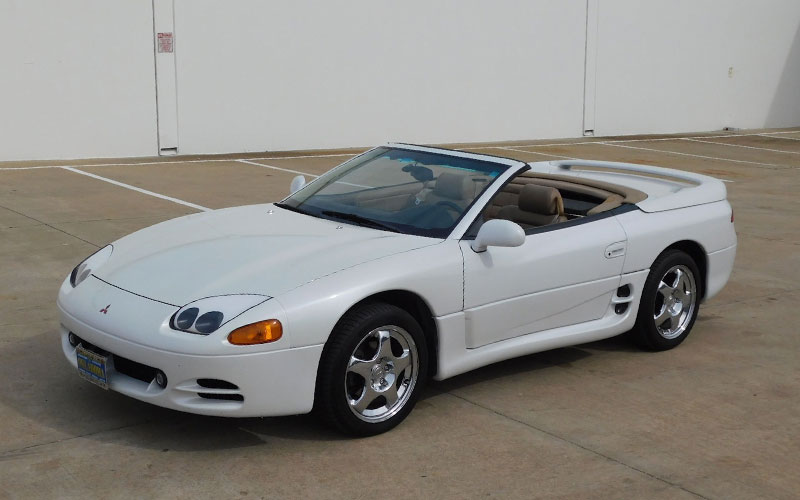
On the other end of the spectrum, the VR-4 trim level saw a power increase in 1994 from 300 hp to 320. Torque also bumped up from 307 lb-ft to 315. It also received a new Getrag six-speed manual transmission, new projector-beam headlights, and additional body styling.
The VR-4 Spyder debuted in 1995 with the same features as a VR-4, but included a retractable hardtop. The Mitsubishi 3000GT VR-4 Spyder started at just under $70,000 or about $141,000 today. That’s a lot of money for a Mitsubishi but back then, it was a serious sports car and demanded that sort of price.
1999: The Final Year for the Mitsubishi 3000GT
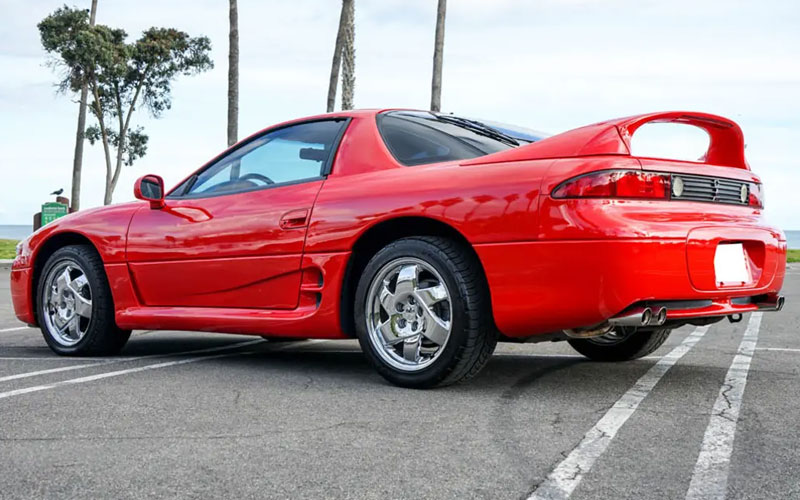
For 1999, the very last year of the 3000GT here in the United States, Mitsubishi went out with a bang. You see, it only made 287 3000GT VR-4s for the final model year but each and every one sports a wild looking rear spoiler that is exclusive to the year. Mitsubishi suggested a retail price of roughly $45,000 or about $83,087 adjusted for inflation.
While the VR-4 was and still is the last great sports car that Mitsubishi made, it’s worth noting that the SL model with its meager performance wasn’t wildly cheap. By 1997, it retailed for just south of $35,000. That’s around $66,000 or the price of a base Chevrolet Corvette Stingray right now. For that, buyers got so little power and driving performance that even the mighty VR-4 wasn’t enough to keep the 3000GT alive.
A Long Lost Legacy of Mitsubishi Supercars
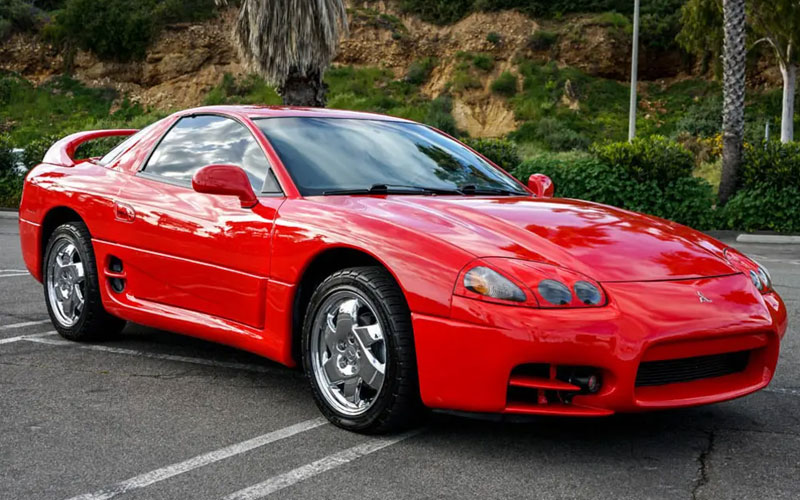
1999 Mitsubishi 3000GT SL – carsforsale.com | Shop Mitsubishi 3000GT on Carsforsale.com
Today, Mitsubishi isn’t recognizable as a brand even remotely associated with performance. Still, the 3000GT VR-4 proves that when it really tries, it can come away with a fantastic sports car.
This small, fast, slender machine featured technology that wouldn’t become standard on other mainstream sports cars for another decade or more. We sincerely hope that someday Mitsubishi goes back to its roots and builds a proper successor. It’ll surely get more attention than anything it’s building right now.


